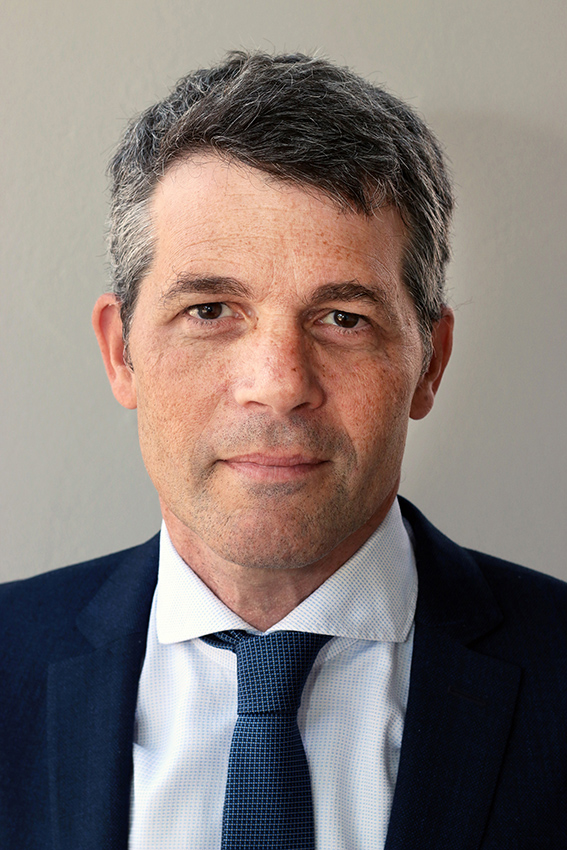By Eric Usher
Copyright responsible-investor

By Eric Usher, Head of UNEP FI
This November, governments will gather in Belém, Brazil, for COP30, for what we hope will be a pivotal moment for advancing the Paris Agreement and the UN Framework Convention on Climate Change (UNFCCC).
While momentum varies across countries, and in some cases lags, many governments and private actors remain focused on the irrefutable evidence of climate change and its physical and economic impacts.
With over 40 percent of the clean technologies needed for net zero now cheaper than fossil fuel alternatives, and the economic benefits of adaptation becoming clearer, a low-carbon, climate-resilient economy is no longer a future vision. It is here and expanding.
For the finance sector, COP decisions influence the enabling environment for investment, the pace of market transformation, and the credibility of national and corporate climate strategies.
Below are five key issues being negotiated in the lead-up to Belém that could shape both risks and opportunities for financial institutions.
Stronger national climate plans with clearer investment pathways
The first global stocktake under the Paris Agreement has already shifted projected warming from nearly 4C – a nearly unlivable planet – to around 2.1-2.8C. This is progress, but still far from the 1.5C goal.
By 2025, Parties must submit more ambitious Nationally Determined Contributions (NDCs) that set out actions through 2035.
These updated NDCs will be central to climate alignment, but for the private sector, their real value lies in how clearly they translate into sectoral pathways, stable policies and commercial opportunities, so-called investable NDCs.
Without this, private capital will be harder to mobilise at scale.
Mobilising trillions for climate action in developing countries
At COP29, countries agreed on a New Collective Quantified Goal (NCQG) to mobilise at least $300 billion annually by 2035 for developing countries, and to strive for $1.3 trillion per year over the same period.
The Baku to Belém Finance Roadmap, jointly led by the COP29 and COP30 Presidencies, aims to set out how this can be achieved. Scarce public funds must be used to attract private capital at scale for mitigation and adaptation in developing countries.
In support of this aim, UNEP FI is convening a global coalition representing thousands of public and private institutions to provide concrete recommendations to the Presidencies. At the same time, negotiators will address how to finance economic resilience, building on the Global Goal on Adaptation adopted at COP28 and the implementation framework agreed to in 2025.
Incentivising sustainable and climate-aligned investment
The early era of ESG investing has given way to concrete billion- and trillion-dollar business opportunities and the use of more sophisticated sustainable finance taxonomies.
These classification systems are important as they enable a wide range of governments and private sector actors to have shared definitions of what constitutes a “sustainable” or “climate” investment.
This common language allows transactions to happen faster and at a larger scale because taxonomies can boost investor confidence, facilitate cross-border capital flows, and help ensure credibility in climate finance.
Many jurisdictions are now expanding taxonomies to cover biodiversity, climate adaptation and other priorities.
COP30 may see new national and regional plans unveiled, as well as progress on making different government-backed taxonomies interoperable, a key step towards mobilising finance globally under Article 2.1(c) of the Paris Agreement.
Finalising the rules for a UN-backed global carbon market
Article 6.4 of the Paris Agreement sets the stage for the first regulated global carbon market. While voluntary markets already exist, this mechanism would create a system for verified trading of carbon credits overseen by the UN.
Nearly every country has indicated an intention to use carbon credits to help meet its NDC. For the finance sector, this opens potential roles as financiers of programmes that generate carbon credits, buyers of credits to meet internal transition targets, sellers for institutions that outperform their goals, or providers of risk management and insurance for credit transactions.
Following agreement on key implementation guidance at COP29, this year’s climate talks will focus on finalising technical rules before the market opens. Among the rules undergoing definition are guidelines on measuring the “additionality” of carbon reduction and removal activities.
These include establishing aggressive baselines, rules on registering and maintaining the climate-related quality of those credits on the market, and standards for accounting for “leaked” emissions that unintentionally appear elsewhere in a value chain or project.
Coordinating fair and inclusive transitions
The move away from fossil fuels must be a just transition – fair and inclusive, ensuring that workers, vulnerable communities impacted by climate change, and regions dependent on high-carbon industries are not left behind.
In June 2025, Parties made progress on outlining the future of the Just Transition Work Programme. Expected at COP30 is a decision on the proposed Belém Action Mechanism for Just Transition, a UNFCCC framework within this work programme to advance a just transition within and between countries.
This work will articulate how governments and the private sector can put people at the centre of national and sectoral transitions.
This includes integrating stakeholder perspectives, job creation and worker training, and diversification strategies into climate planning and investment, and measuring progress towards these aims.
For these reasons and more, COP30 will be a critical milestone for leaders in the finance sector that are staying the course on their climate commitments and navigating the objective, physical impacts of climate change to explore additional ways to benefit from the transition and the resilience economy.



